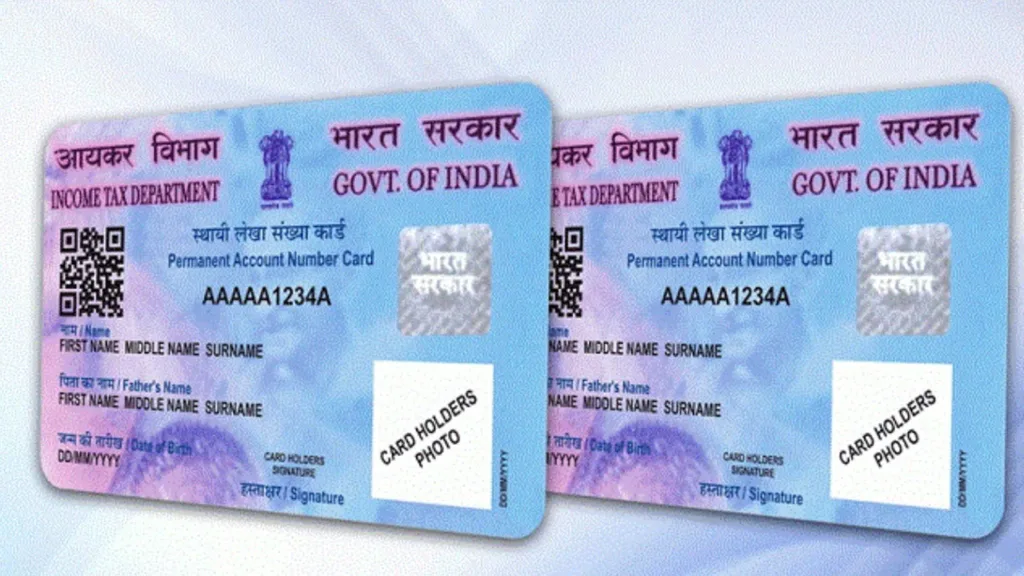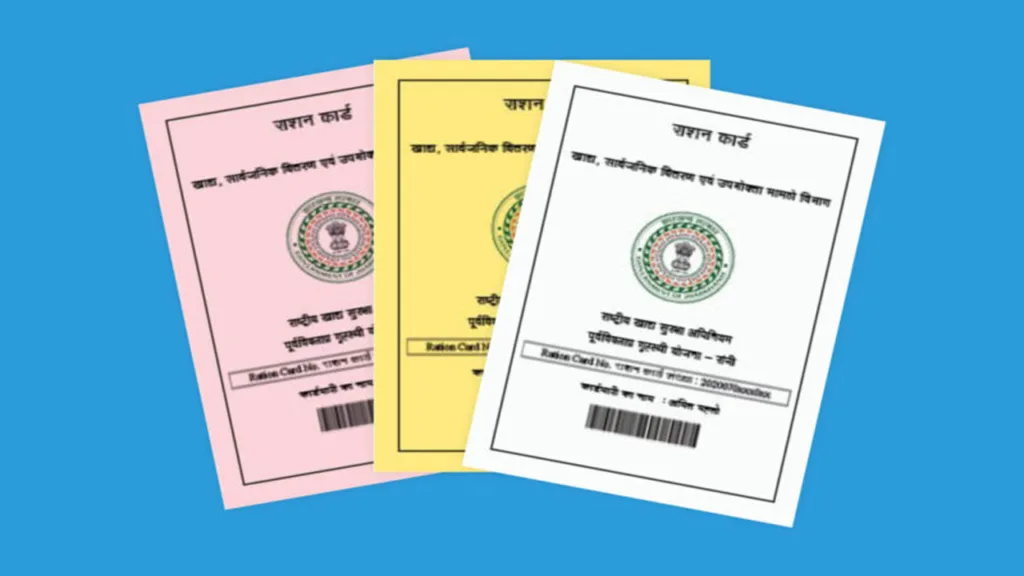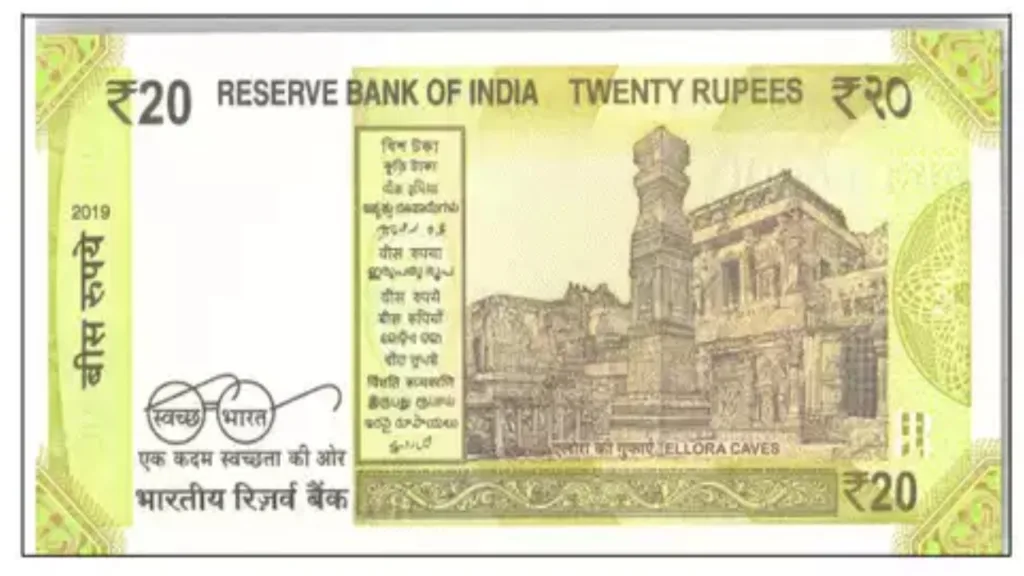Google Maps, the ubiquitous navigational tool, is constantly evolving. While its core functionality of getting you from point A to point B remains, a recent revamp promises a more immersive, informative, and interactive experience. Let’s delve into the exciting possibilities this new Google Maps presents.
A Hyper-Realistic World:
Imagine a map that transcends flat lines and blue dots. The new Google Maps utilizes high-resolution imagery and advanced rendering techniques to create a more lifelike representation of the world. Buildings appear in 3D, casting realistic shadows and offering a sense of depth. Vegetation is rendered in lush detail, making it easier to visualize parks and natural landscapes. This visual upgrade not only enhances aesthetics but also improves spatial awareness, especially in complex urban environments.
Beyond Navigation: A Gateway to Local Knowledge
The new Google Maps aspires to be more than just a navigational tool. It aims to become a comprehensive local information hub. Imagine searching for a restaurant and being presented with not just directions but also a virtual tour of its interior, complete with customer reviews and menu highlights. Similarly, exploring a historical landmark could reveal a wealth of information, including interactive timelines, historical photos, and even curated walking tours. This integration of local knowledge empowers users to make informed decisions and discover hidden gems in their surroundings.
Embrace the Future: A Glimpse into Augmented Reality
The new Google Maps paves the way for the integration of Augmented Reality (AR). Imagine walking down the street and seeing turn-by-turn directions overlaid on your real-world view through your smartphone camera. AR could also highlight nearby points of interest, displaying restaurant menus or shop information as you walk past. This futuristic approach to navigation promises a seamless blend of the digital and physical worlds, offering unparalleled convenience and a more intuitive way to explore.
Sustainability at the Forefront:
The new Google Maps recognizes the growing importance of eco-conscious travel. Imagine route suggestions that prioritize fuel efficiency, highlighting carpool lanes, bike paths, and public transportation options. Additionally, it could display information about nearby charging stations for electric vehicles, catering to the growing adoption of sustainable transportation. By promoting environmentally friendly choices, the new Google Maps contributes to a greener future.
Community Contributions: Building a Collaborative Map
The power of the new Google Maps lies not just in Google’s technology, but also in the potential for user contributions. Imagine local businesses uploading 360° photos of their interiors, residents adding missing walking trails, or historians contributing historical markers. This collaborative approach fosters a dynamic and constantly evolving map, enriched by the collective knowledge of its users.
Challenges and Considerations:
Despite the exciting possibilities, the new Google Maps also presents challenges. Privacy concerns regarding user-generated content and data collection need to be addressed transparently. Furthermore, ensuring accessibility for users with limited internet connectivity or outdated devices remains important.
The new Google Maps represents a significant leap forward in the world of digital navigation. By offering a hyper-realistic world, integrating local knowledge, and embracing cutting-edge technologies like AR, it promises a more immersive and informative experience for users. However, navigating this new world also requires addressing privacy concerns and ensuring inclusivity. As this technology evolves, one thing is certain: Google Maps will continue to be a powerful tool for navigating not just physical locations, but also the ever-expanding digital landscape.
















